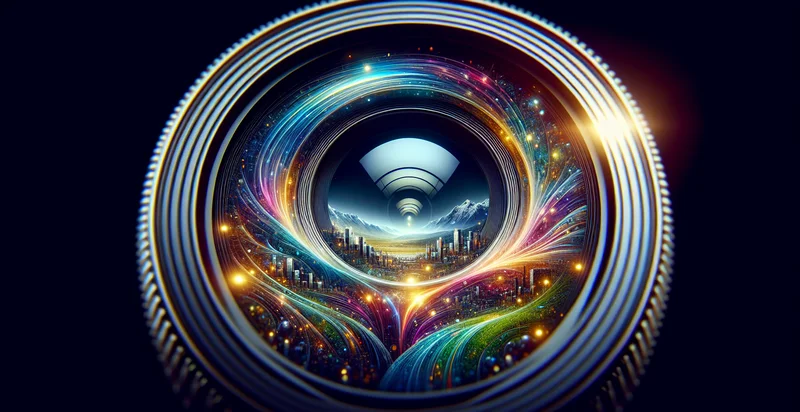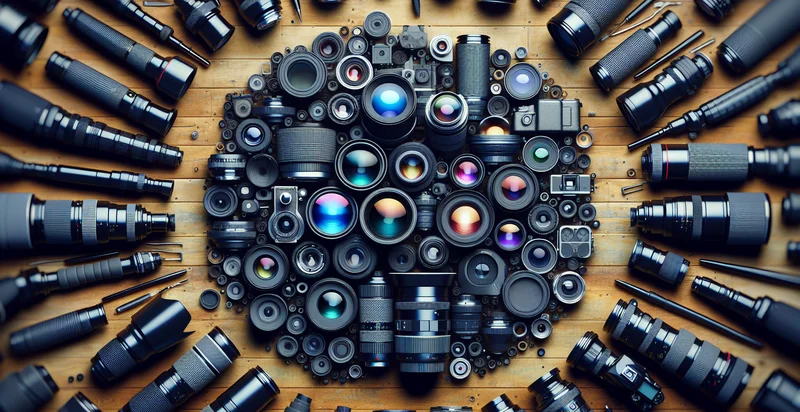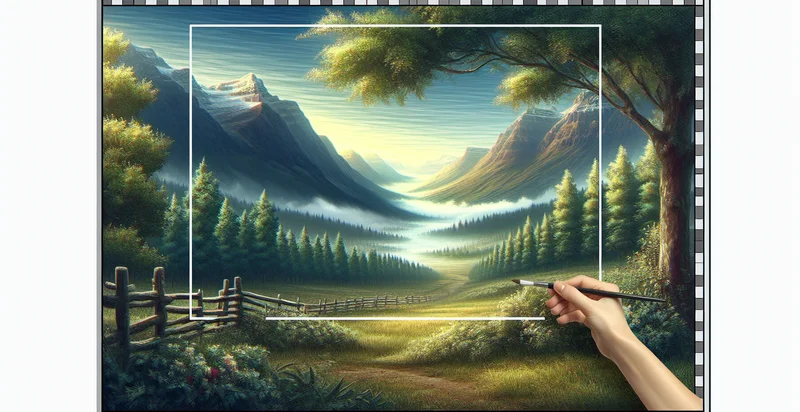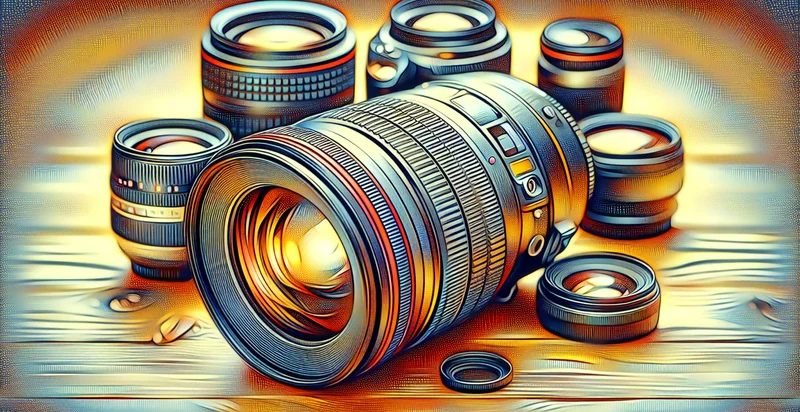Identify lens clarity
using AI
Below is a free classifier to identify lens clarity. Just upload your image, and our AI will predict what the clarity level of a lens is - in just seconds.

Contact us for API access
Or, use Nyckel to build highly-accurate custom classifiers in just minutes. No PhD required.
Get started
import nyckel
credentials = nyckel.Credentials("YOUR_CLIENT_ID", "YOUR_CLIENT_SECRET")
nyckel.invoke("lens-clarity", "your_image_url", credentials)
fetch('https://www.nyckel.com/v1/functions/lens-clarity/invoke', {
method: 'POST',
headers: {
'Authorization': 'Bearer ' + 'YOUR_BEARER_TOKEN',
'Content-Type': 'application/json',
},
body: JSON.stringify(
{"data": "your_image_url"}
)
})
.then(response => response.json())
.then(data => console.log(data));
curl -X POST \
-H "Content-Type: application/json" \
-H "Authorization: Bearer YOUR_BEARER_TOKEN" \
-d '{"data": "your_image_url"}' \
https://www.nyckel.com/v1/functions/lens-clarity/invoke
How this classifier works
To start, upload your image. Our AI tool will then predict what the clarity level of a lens is.
This pretrained image model uses a Nyckel-created dataset and has 16 labels, including Aphakia, Cataract, Clear, Cortical Cataract, Glaucoma, Lens Discoloration, Lens Integrity, Lens Swelling, Mild Opacity and Moderate Opacity.
We'll also show a confidence score (the higher the number, the more confident the AI model is around what the clarity level of a lens is).
Whether you're just curious or building lens clarity detection into your application, we hope our classifier proves helpful.
Related Classifiers
Need to identify lens clarity at scale?
Get API or Zapier access to this classifier for free. It's perfect for:
- Quality Control in Manufacturing: Implementing the lens clarity identifier can help manufacturers of optical products, such as cameras and glasses, to assess and ensure the quality of their lenses. By automatically classifying images based on lens clarity, manufacturers can quickly identify defects or subpar products before they reach consumers.
- E-commerce Product Verification: Online retailers can utilize this function to evaluate lens clarity in product images uploaded by sellers. This ensures that customers receive accurate representations of products, leading to improved customer satisfaction and reduced return rates.
- Insurance Claim Assessment: Insurance companies can deploy the lens clarity identifier to assess claims related to damaged or scratched lenses. By analyzing submitted images for clarity, they can make more informed decisions regarding claims approval or denial.
- Photography Service Quality Evaluation: Photography agencies can use the function to review the clarity of lenses used in their photoshoots. This helps them ensure that their photographers are using appropriate equipment and settings, leading to higher quality deliverables for clients.
- Medical Imaging Enhancement: In the medical field, radiologists can incorporate the lens clarity identifier within their imaging workflows to assess the quality of imaging equipment lenses. This can lead to early detection of equipment degradation, ensuring that high-quality images are produced for diagnoses.
- Educational Institutions' Research Programs: Universities conducting research on optics or photography can utilize this function to classify and analyze lens clarity in student projects. This aids in developing educational materials and benchmarking student performance in practical applications.
- Marketing Content Creation: Marketing teams can leverage the lens clarity identifier to ensure that promotional images of products featuring lenses are of high quality. This allows for better visual storytelling and brand representation, ultimately enhancing marketing efforts and customer engagement.


